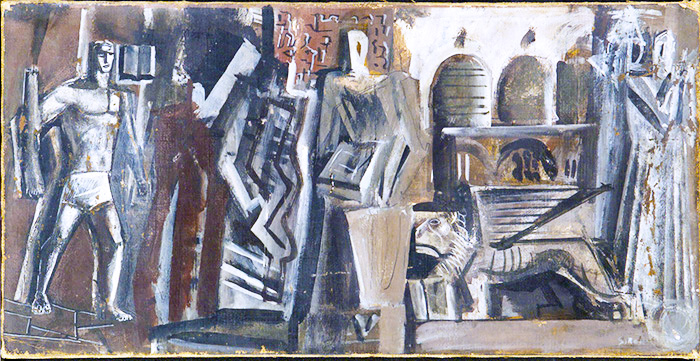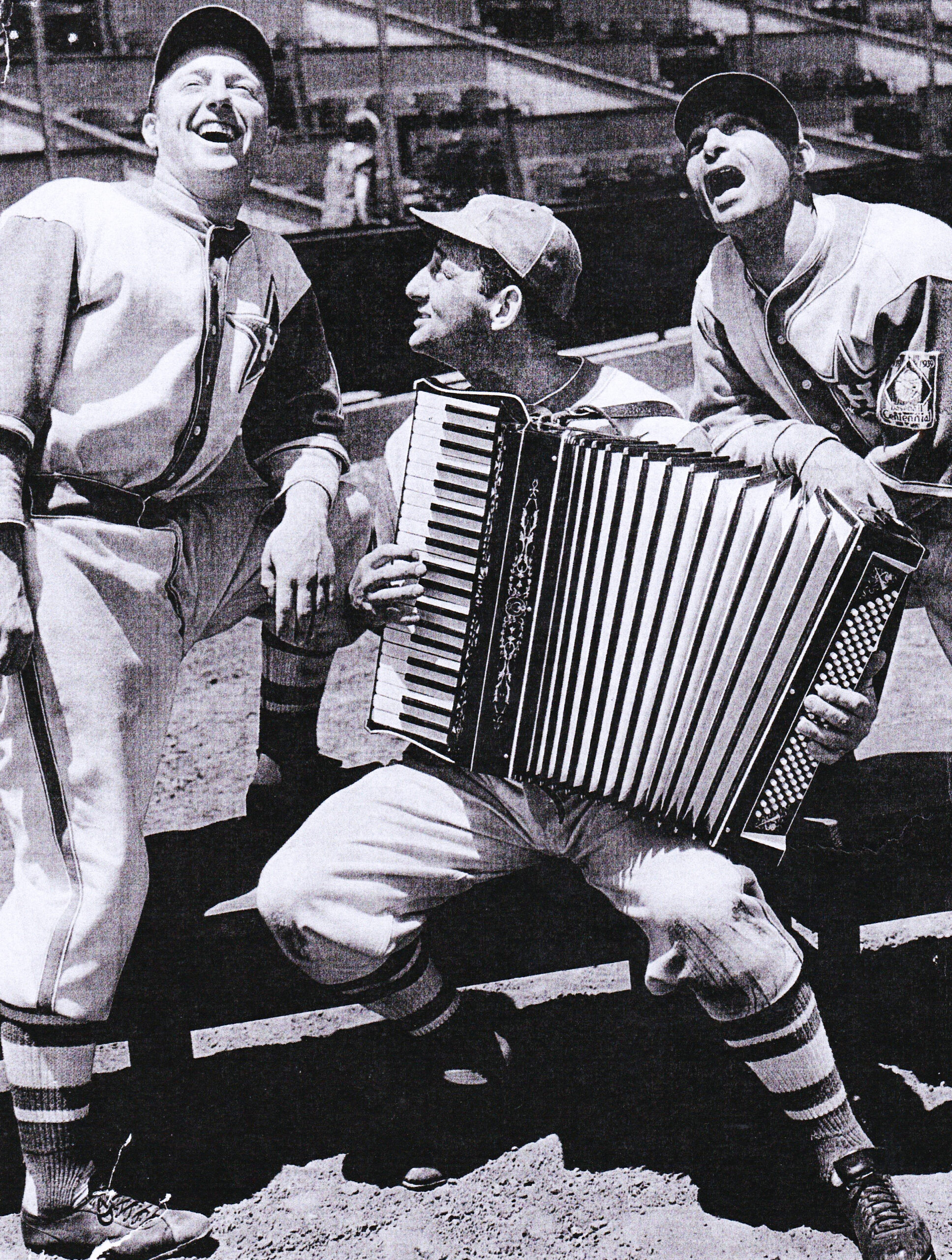Part 4 of a multi-part series
The early decades of the 20th century were an astounding period of change in Italy. Style movements erupted, evolved, merged, dissolved and offered contradictions at every turn. They were at odds with the state, were embraced by the state, had a lasting effect on the world, departed with barely a whisper, looked back to Classicism and rejected the outdated concepts of the past. It seemed every university was a hot bed of activism and it was out of this confluence of ideas that Novecento Italiano formed.
Novecento Italiano was founded by Milanese artists Anselmo Bucci, Leonardo Dudreville, Achille Funi, Gian Emilio Malerba, Pietro Marussig, Ubaldo Oppi and Mario Sironi. They were brought together by Lino Pesaro, a gallery owner interested in modern art and Margherita Sarfatti, a writer, art critic and Mussolini’s mistress. The name of the movement, which means 1900s, was a deliberate reference to great periods of Italian art in the past, the Quattrocento and Cinquecento, 1400s and 1500s. The group rejected European avant garde art and wanted to revive the tradition of large format history painting in the classical style. It lacked a precise artistic program and included artists of different styles and temperament, but still sought to promote a renewed yet traditional Italian art. Despite official patronage, Novecento art did not always have an easy time in Fascist Italy. Mussolini was personally uninterested in art, but spoke at the opening the exhibition of Novecento art in 1923. The new Prime Minister, he was not yet the self-proclaimed dictator, stated that Italy’s duty as a country was not to undermine art. Not exactly a glowing endorsement. The movement was in competition with other ones, especially Futurism and Rationalism. Much of the unity of the group depended on Sarfatti and when Mussolini distanced himself from her, the group fell apart.
Vitruvius had claimed in his work “De Architectura” two thousand years ago that architecture is a science that can be comprehended rationally. In 1926, a group of seven young architects founded the Gruppo 7, published their collective ideas of design in the magazine Rassegna Italiana. Their intent was to strike a rational middle ground between the Classicism of the Novecento Italiano movement and the industrially-inspired architecture of Futurism. Chief among the architects was Giuseppe Terragni (1904 – 1943). The style became known as Rationalism architecture.
The movement gained popularity in the late 1920s, with the rise of modernism, along with the nationalistic ideals of the Italian government. The vision of a strong, unified and economically stable nation contributed to the rise of Fascism. When Benito Mussolini called for a rational use of architecture, designers used the style as a modern interpretation of Imperial Rome in an attempt to bring both historical pride and a sense of nationalism to the Italian people. The buildings were generally very large and symmetrical with sharp, non-rounded edges and little or no decoration.
Terragni was a pioneer in the movement. In a career that lasted only 13 years, he created a small but remarkable group of designs; most of them were built in Como, which was one of the centers of the Modern Movement in Italy. His exteriors were unadorned, but the interior spaces were incredibly original. It is unfortunate that one of his most fantastic designs, The Danteum, a monument to Dante was never built. Terragni was also one of the leaders of the artistic group called “Astrattisti Comaschi,” Como abstract artists, with Mario Radice and Manlio Rho, one of the most important events in Italian Modern Art.
Another architect associated with the era was Marcello Piacentini. He was only 26 when commissioned to revamp the historical center of Bergamo. Although he worked throughout Italy, his best works are found in Rome. Piacentini devised a “simplified neoclassicism” which was essentially midway between the neoclassicism of the Novecento Italiano group and the rationalism of Giuseppe Terragni. His style became a mainstay of the Italian state architecture of the 1930s, including his designs for a new building in the Università di Roma La Sapienza. He was also a professor of urban planning at La Sapienza and later served as the University’s president.
Luigi Moretti was born in 1907 on via Napoleone III, on the Esquiline Hill, in the same apartment where he lived almost his entire life. He is widely considered the most important Italian architect of the 20th century. He produced a massive body of work in the years 1930-1973.
In 1937, he took over the design of the massive Foro Italico, the largest sports complex in Rome. Inspired by the Roman forums of the Imperial age, the purpose of the prestigious project was to host the Olympic Games, which ultimately were held there in 1960. Always interested in merging form, function and setting, in the design for Palazzina San Maurizio in Rome (1961), Moretti used balconies of a cantilevered circular shape, with each floor having a different position of the balconies to avoid any overlap. The result was stunning and modern, avoiding the box-like structure that was so prevalent in the International style. His best known design in the U.S. is his 1961 Watergate Complex in Washington D.C. yes, THAT Watergate.
Carlo Scarpa (1906-1978) as an architect, was influenced by the materials, landscape and the history of Venetian culture. Scarpa translated his interests in history, invention and the techniques of the artist and craftsman into ingenious glass and furniture design. Most of his works were in and around Venice and most notable were Palazzo Ca’Foscari, Venice; Museo Canova di Possagno; Museo di Castelvecchio, in Verona, the restoration of Fondazione Querini Stampalia in Venice and the Olivetti Showroom, also in Venice.





